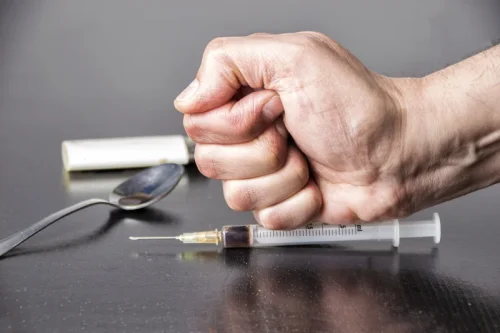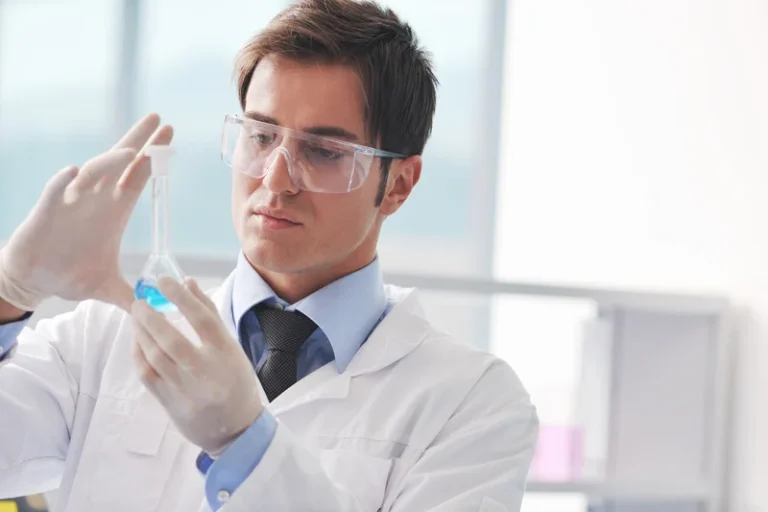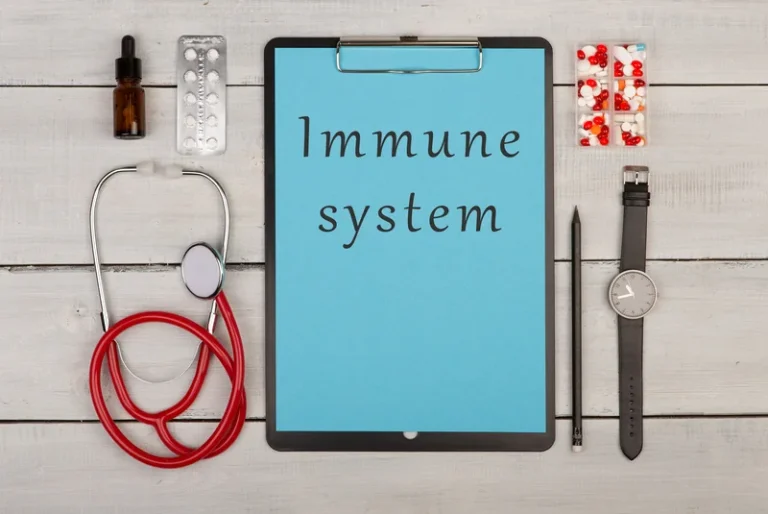Drug Metabolism SpringerLink
If the methyl group is replaced by the chlorine atom, then this compound (chlorpropamide) achieves a longer half-life (12–15 hrs) as compared to tolbutamide 21. Drug mixing suboxone with alcohol metabolism has a significant effect on pharmacokinetic, pharmacodynamic and safety of a drug 22. Some drugs are administered in inactive forms and are called as prodrugs. In prodrug, a drug is chemically modified to overcome its problems of absorption, route of administration, metabolism and excretion. Prodrugs have labile functional groups which are easily metabolised in the body.
Acetyltransferase is the enzyme that transfers the acetyl group from acetyl coenzyme-A to drugs. These enzymes are mainly present in the liver but also in RBCs and lungs. Populations are divided into fast acetylators and slow acetylators. The detoxification of endogenous reactive metabolites such as peroxides and reactive aldehydes often cannot be achieved by the system described above.
02.3.4 Metabolism
Some drugs, called prodrugs, are administered in an inactive form, which is metabolized into an active form. The resulting active metabolites produce the desired therapeutic effects. Metabolites may be metabolized further instead of what are moon rocks smoke being excreted from the body.
Phase II metabolism
Competitive inhibition occurs when the metabolism of the precipitant drug by the enzyme prevents the metabolism of the object drug. Noncompetitive inhibition occurs when the precipitant drug binds to the enzyme without being metabolized and prevents the metabolism of the object drug. Specifically, isoniazid both competitively and noncompetitively inhibits several different CYP450 isoenzymes. When isoniazid inhibits the metabolism of object medications, their concentrations are increased almost immediately.
Some drugs are metabolised before reaching the systemic circulation, this is called the first-pass effect. Drug metabolism also occurs in the kidney, skin and gastrointestinal tract (GIT) etc. There are two phases of drug metabolism group activities for substance abuse recovery i.e. phase I metabolic reactions and phase II metabolic reactions.
4 Glutathione conjugation
Hepatic drug transporters are present throughout parenchymal liver cells and affect a drug’s liver disposition, metabolism, and elimination (for review, see 1, 2). The 2 primary types of transporters are influx, which translocate molecules into the liver, and efflux, which mediate excretion of drugs into the blood or bile. Genetic polymorphisms can variably affect the expression and function of hepatic drug transporters to potentially alter a patient’s susceptibility to drug adverse effects and drug-induced liver injury. For example, carriers of certain transporter genotypes exhibit increased blood levels of statins and are more susceptible to statin-induced myopathy when statins are used for the treatment of hypercholesterolemia (1, 2). Drug metabolism (also known as drug biotransformation) involves the (bio)chemical modification of a drug by the body.
- Continuous administration of drugs such as phenobarbitone, phenytoin or rifampicin, which are metabolized by the endoplasmic reticulum, has the effect of increasing the concentration and activity of enzymes involved in drug metabolism.
- Phase I reactions (also termed nonsynthetic reactions) may occur by oxidation, reduction, hydrolysis, cyclization, decyclization, and addition of oxygen or removal of hydrogen, carried out by mixed function oxidases, often in the liver.
- Aspirin is an acid but also contains an ester group in its structure.
- Many substances (such as drugs and foods) affect the cytochrome P-450 enzymes.
- The resulting active metabolites produce the desired therapeutic effects.
In subsequent phase II reactions, these activated xenobiotic metabolites are conjugated with charged species such as glutathione (GSH), sulfate, glycine, or glucuronic acid. Sites on drugs where conjugation reactions occur include carboxy (-COOH), hydroxy (-OH), amino (NH2), and thiol (-SH) groups. Products of conjugation reactions have increased molecular weight and tend to be less active than their substrates, unlike Phase I reactions which often produce active metabolites. The addition of large anionic groups (such as GSH) detoxifies reactive electrophiles and produces more polar metabolites that cannot diffuse across membranes, and may, therefore, be actively transported. Drugs can be metabolized by oxidation, reduction, hydrolysis, hydration, conjugation, condensation, or isomerization; whatever the process, the goal is to make the drug easier to excrete.
The contribution of these organs to drug metabolism is incompletely understood, but certainly much smaller. In silico modelling and simulation methods allow drug metabolism to be predicted in virtual patient populations prior to performing clinical studies in human subjects.19 This can be used to identify individuals most at risk from adverse reaction. Drug metabolism is an essential clinical concern for the interprofessional healthcare team.




















